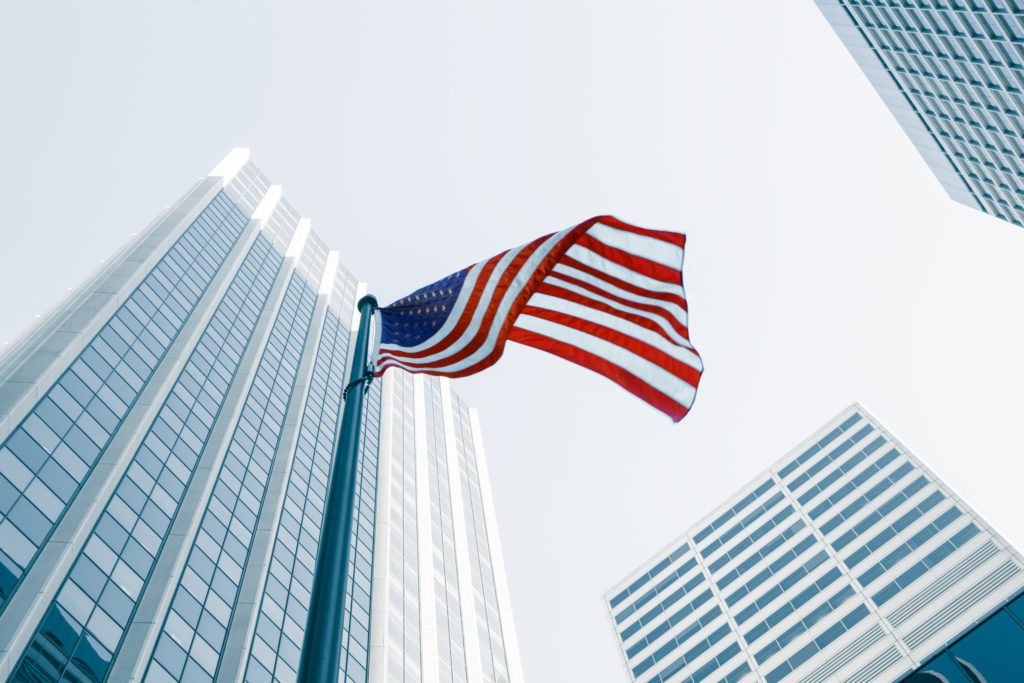With all eyes on the November 2020 presidential election, news of the significant changes the Trump administration rolled out to the H-1B visa program in October 2020 fell through the cracks for many employers.
These changes follow in the wake of an April 2020 proclamation which limited some types of immigration for 60 days, as well as a subsequent proclamation which suspended certain immigration programs – including H-1B visas – from June 24th through December 31, 2020. The June 2020 proclamation has since been halted by a preliminary injunction, following a lawsuit brought by the National Association of Manufacturers, the U.S. Chamber of Commerce, the National Retail Federation and TechNet, among other plaintiffs.
Three of the newest restrictions introduced include:
- A new limitation by the Department of Homeland Security (DHS) on the length of the authorization periods of foreign workers brought into the US by third-parties (such as staffing services), shortening them in some cases from three years to one.
- Additional DHS restrictions around specialty occupations, such as holding visa applicants to more stringent standards on whether or not their education directly applies to their area of study or specialization than was previously enforced.
- New Department of Labor guidance increasing the minimum salary that foreign workers must be paid for specific positions. As an example, under the new rules, the minimum wage paid to junior programmers would increase from $78k to $112k per year. Minimum salaries in other positions would jump to as much as $208k per year.
Notably, some of the new restrictions impact not just new H-1B visa applicants, but those already in the U.S. pursuing visa renewal as well. Criticism has also been levied against the new Department of Labor restrictions for bypassing standard review processes and public comment periods.
The Impact of the New H-1B Visa Rules
In total, Ken Cuccinelli, the second-in-command at DHS, estimates that the changes could affect “over one-third” of all H-1B visa petitioners, per CBS News reporting.
Proponents of the measures hope they’ll stem what they see as abuse of the existing H-1B visa program. In a statement to Bloomberg Law, the Center for Immigration Studies explained, “These reforms strike directly at the harmful staffing-company model of employment that has commodified these visa workers, displaced qualified Americans, and undermined the integrity of employment visa programs.”
Overall, however, reaction to the new rules has been largely negative. Many in the tech sector – historically, one of the biggest issuers of H-1B visas – fear that the restrictions could have a disproportionate impact on startups, which commonly offer foreign workers generous equity packages in lieu of higher starting salaries to preserve early-stage cash flow. Others are concerned that tighter standards could exacerbate existing labor shortages in computer-related fields.
According to an analysis by WorkPermit, “Labor Department data shows that in the third quarter of 2020, the unemployment rate for computer programmers was 2.9%. In contrast, the unemployment rate among the entire US workforce was 8.8%. Meanwhile, vacancies in the tech sector are up 4.7% since April 2020.”
Greg Siskind, founding partner, Siskind Susser, PC- Immigration Lawyers, offers a strong criticism of the Department of Labor’s new wage rules in India’s Economic Times. “This is not a minor increase in wages,” he states. “They’re fairly substantial and could be a serious deterrence.”
When Will the New Rules Take Effect?
The Department of Labor’s interim final rule governing wage requirements for H-1B visa applicants went into effect in early October, while the DHS rules regarding specialty occupations and employer/employee relationships are slated to be enacted in early December.
Still unknown is the impact President-Elect Biden’s transition into office could have on the longevity of these new rules. Although it’s unclear what specific steps he may take upon assuming office, Biden’s platform states on immigration that, “High skilled temporary visas should not be used to disincentivize recruiting workers already in the U.S. for in-demand occupations. An immigration system that crowds out high-skilled workers in favor of only entry level wages and skills threatens American innovation and competitiveness.”
Filed and pending lawsuits could also affect how and when the DHS and Labor Department rules take effect. Already, a number of universities and organizations have filed multiple legal challenges to this most recent set of restrictions, which will be argued in court in the coming weeks and months.
Regardless of what the future holds for these new restrictions, in the meantime, they have the effect of compounding what was already a challenging environment for sourcing IT talent. For more on the state of today’s competitive labor markets – including Simpat Tech’s guidance on fueling growth within current market conditions – download our white paper:
Driving Growth in a Competitive Labor Market Through Strategic Software Development Staffing
